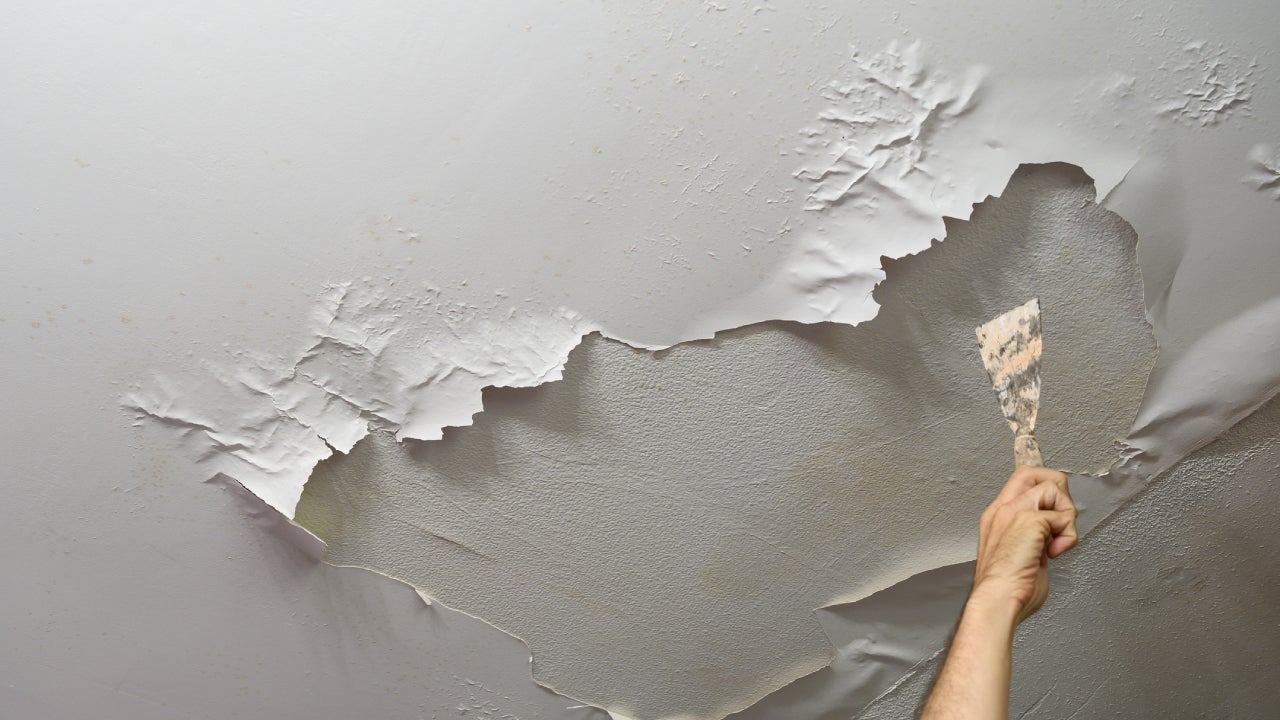Here down the page you can find a good deal of really good news in relation to What You Can Do At Home To Prevent Fire And Water Damage.

Water gives life, yet water breach on some parts where it's not meant to be can result in damages as well as inconvenience. In enhancement, houses with water damages scent old and also mildewy.
Water can originate from numerous resources like hurricanes, floodings, burst pipes, leakages, and also drain concerns. If you have water damages, it's better to have a functioning expertise of safety and security precautions. Here are a couple of guidelines on exactly how to take care of water damages.
Do Prioritize Residence Insurance Coverage
Seasonal water damage can originate from floods, seasonal rains, and wind. There is additionally an event of an unexpected flood, whether it originated from a defective pipe that suddenly ruptures right into your home. To shield your residence, obtain home insurance coverage that covers both disasters such as all-natural catastrophes, as well as emergency situations like damaged plumbing.
Don't Forget to Switch Off Energies
When catastrophe strikes and also you're in a flood-prone area, shut off the major electrical circuit. Shutting off the power protects against
electric shocks when water is available in as water works as a conductor. Don't forget to shut off the main water line shutoff as a way to avoid more damages.
If the floodwaters are getting high, maintain your furniture stable as they can move and also create additional damages.
Do Remain Proactive and Heed Weather Condition Signals
If you live in an area afflicted by floodings, remain proactive and ready at all times. Listen to the news and evacuation warnings if you live near a body of water like a lake, river, or creek .
Do Not Overlook the Roof
Before the weather turns frightful and also for the even worse, do a roof examination. A far better behavior is to have a yearly roof assessment to reduce future problems and complex issues. A great roof without holes and also leaks can be a good shield versus the rainfall as well as a tool to prevent rain damages. Your roofing professional must take care of the malfunctioning seamless gutters or any other signs of damage or weakening. An examination will protect against water from flowing down your wall surfaces and also soaking your ceiling.
Do Pay Attention to Tiny Leaks
There are red flags that can attract your attention and indicate to you some weakened pipelines in your residence. Indicators of red flags in your pipelines consist of bubbling paint, peeling wallpaper, water touches, water spots, or leaking noises behind the wall surfaces. Fixing and also check your plumbing fixed prior to it results in large damages to your home, financial resources, as well as a personal problem.
Do Not Panic in Case of a Burst Pipeline
Timing is vital when it comes to water damage. If a pipe ruptureds in your house, promptly shut off your major water shutoff to cut off the source and avoid even more damages. Call a reputable water damage reconstruction expert for assistance.
Water gives life, yet water breach on some parts where it's not expected to be can result in damage as well as inconvenience. In enhancement, houses with water damage odor old as well as moldy.
Seasonal water damages can come from floods, seasonal rains, and also wind. Indicators of red flags in your pipes consist of gurgling paint, peeling wallpaper, water streaks, water discolorations, or trickling sounds behind the wall surfaces. If a pipeline ruptureds in your house, right away closed off your primary water valve to reduce off the resource as well as prevent even more damage.
Some Do's & Don't When Dealing with a Water Damage
DO:
Make sure the water source has been eliminated. Contact a plumber if needed. Turn off circuit breakers supplying electricity to wet areas and unplug any electronics that are on wet carpet or surfaces Remove small furniture items Remove as much excess water as possible by mopping or blotting; Use WHITE towels to blot wet carpeting Wipe water from wooden furniture after removing anything on it Remove and prop up wet upholstery cushions for even drying (check for any bleeding) Pin up curtains or furniture skirts if needed Place aluminum foil, saucers or wood blocks between furniture legs and wet carpet Turn on air conditioning for maximum drying in winter and open windows in the summer Open any drawers and cabinets affected for complete drying but do not force them open Remove any valuable art objects or paintings to a safe, dry place Open any suitcases or luggage that may have been affected to dry, preferably in sunlight Hang any fur or leather goods to dry at room temperature Punch small holes in sagging ceilings to relieve trapped water (don't forget to place pans beneath!); however, if the ceiling is sagging extremely low, stay out of the room and we'll take care of it DO NOT:
Leave wet fabrics in place; dry them as soon as possible Leave books, magazines or any other colored items on wet carpets or floor Use your household vacuum to remove water Use TV's or other electronics/appliances while standing on wet carpets or floors; especially not on wet concrete floors Turn on ceiling fixtures if the ceiling is wet Turn your heat up, unless instructed otherwise

We were made aware of that write-up on Preventing Fires and Water Damage In Your Home through a friend on our other web blog. Are you aware of somebody else who is looking into the topic? Please feel free to share it. I love reading our article about Fire And Water Damage Prevention.